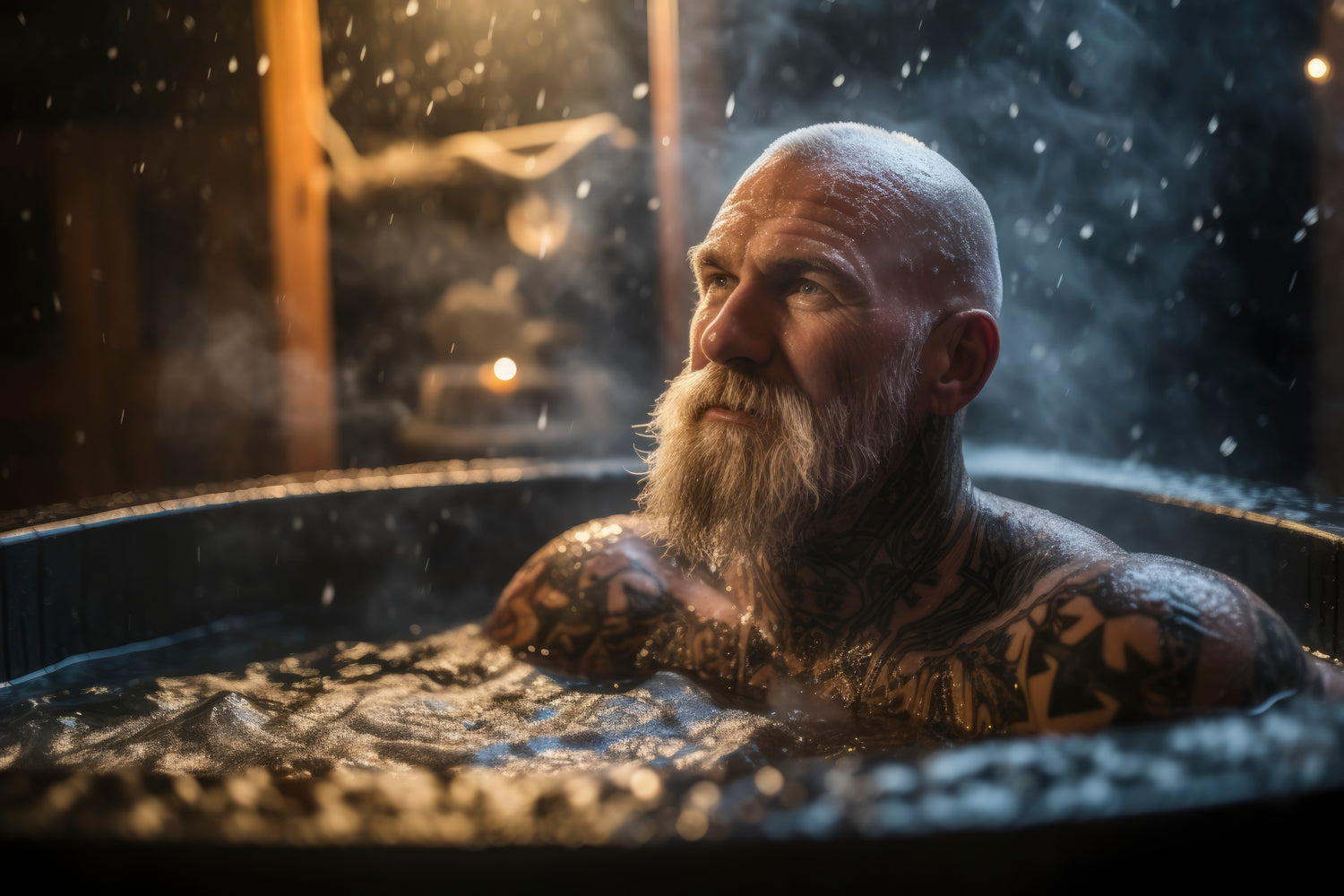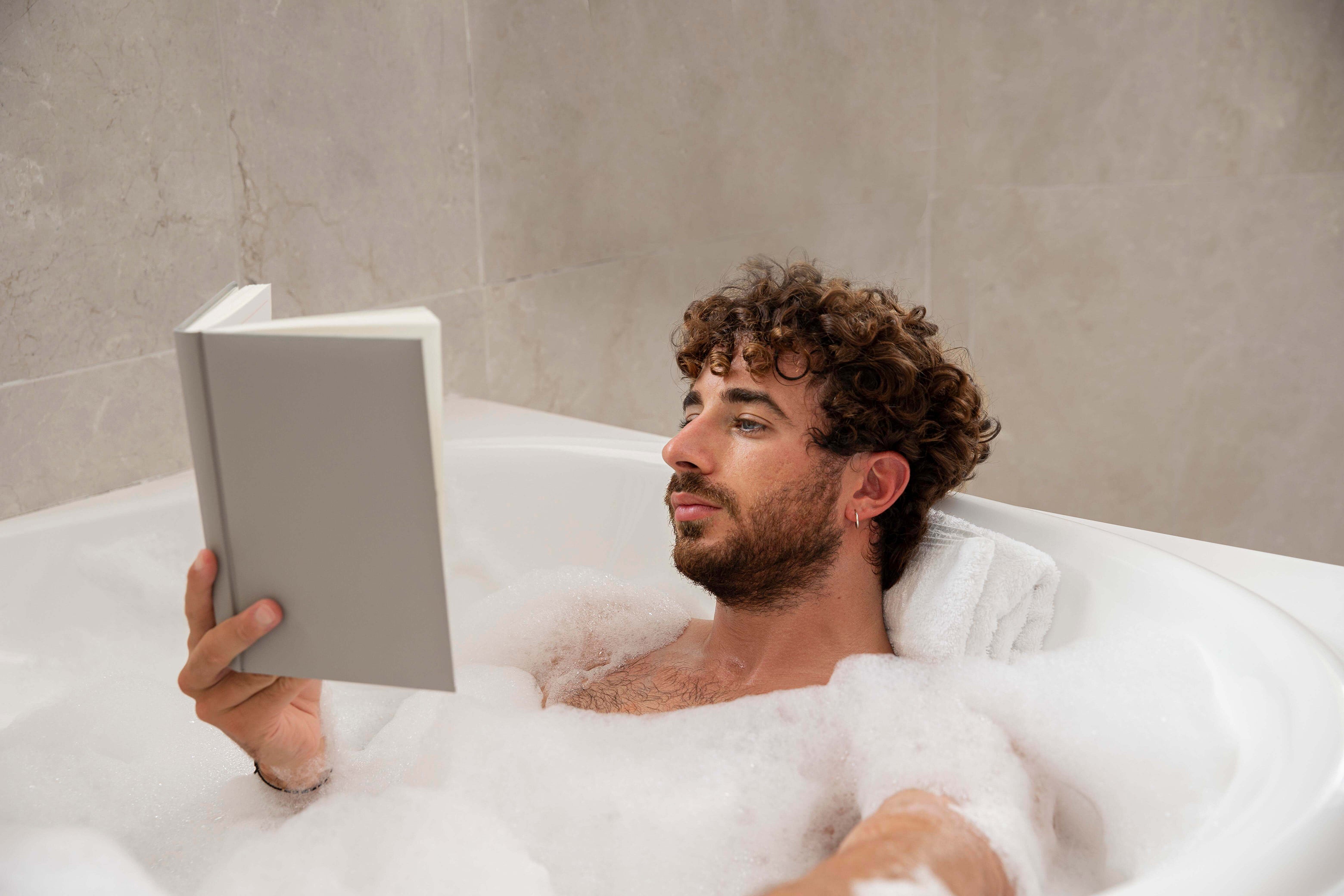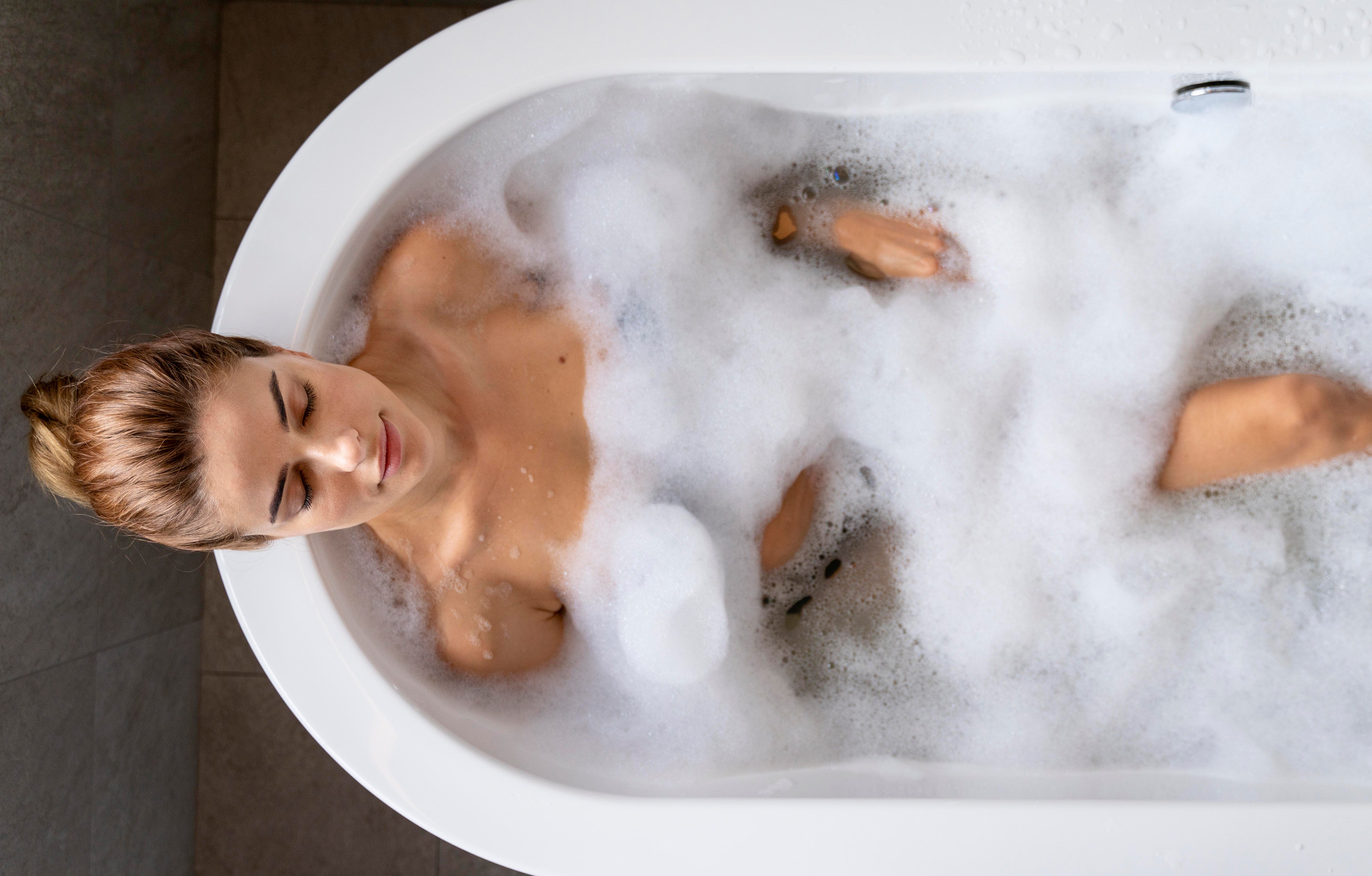From ancient healing practices, ice baths or cold water immersion rightly became a recovery tool for athletes and those keen on physical health in the modern world.
This article will review the exciting history of ice baths, starting with their interpretation of ancient civilizations and ending with their current use in sports medicine. Various cultures and historical periods used cold water to cure, recover, and energize people. The history of ice baths provides valuable insights.
Ancient Roots: The Dawn of Ice Bathing Practices
We must go back in time to discover the origins of the current fascination with ice baths. The history of ice baths is as varied and colorful as the cultures that used them, ranging from the Egyptians' healing rituals to the tough routines of Greek athletes.
1. Egyptian Cold Therapy :
The first proof of cold therapy use dates back to 3500 BC. Ancient Egyptian medical papers, such as the Edwin Smith Papyrus, one of the oldest medical works, describe the application of cold remedies to skin imperfections. Afterward, treatment became more scientific and observation-based instead of mystical.
2. Greek Immersion :
Jump to ancient Greece, where cold water was one of the essential integrants of a person’s daily routine and medicine. Hippocrates, "the father of medicine," endorsed cold baths for the treatment of fever, swelling, and many more. Similarly, ancient Greek athletes utilized cold baths to increase their stamina and recover after a tough effort.
3. Roman Revival:
The Romans even embraced and appropriated the Greek style. Their bathhouses, such as the Baths of Caracalla, used cold rooms where the bathers would immerse in cold water after a hot bath. Roman doctors, including those following Claudius Galen, prescribed cold baths for fever and other conditions in ancient traditions.
Ice Baths In The Middle Ages And Renaissance
As we progress, the story of ice baths takes an intriguing turn. The use of cold water for therapeutic purposes declined over the Middle Ages, only to be restarted with new enthusiasm during the Renaissance.
1. Mediaeval Chill:
Despite the attention to cold baths fading during the initial medieval period, the cold bath remained well-known and used by many despite being seen as a religious practice with herbal medicine. Some medieval-era texts and medical practitioners, including Hildegard of Bingen, revived the cold bath for pain relief and overall health improvement.
2. Renaissance Revival:
As the Renaissance brought classical knowledge and encouraged scientific curiosity, the Renaissance of cold baths with it, especially in Europe.
Spas and bathhouses became popular, and physicians like John Floyer in England set out to investigate the therapeutic properties of immersing one's body in cold water more systematically. This approach to cold water immersion ultimately became one of the components of hydrotherapy, which remains a part of medicine today.
The Ice Age Arrives: 18th And 19th Century Cold Therapy
As we go through the 18th and 19th centuries, the narrative of ice baths takes another revolutionary turn. Cold therapy gained outstanding appeal as refrigeration technology advanced and interest in medical research grew. This era saw the genuine arrival of the ice bath as we know it.
1. The Ice Therapy Era:
In the 18th century, advancements in refrigeration technology made ice more common, which facilitated the development of more controlled and efficient cold baths.
Scottish physician William Cullen and French army surgeon Baron de Larrey were some of the early practitioners of ice baths for medical reasons. Cullen used cold water immersion to treat a variety of disorders, whereas de Larrey used ice to numb limbs before amputation.
2. Victorian Era:
In this era, the cold bath symbolized resilience and discipline. It was used not only for health reasons but also as a challenge to one's nature. In addition, cold water immersion was first tried as a recreation tool in sports. Coaches and athletes soon observed that muscle soreness could be decreased and faster healing returned after intense physical exercise when in contact with cold water.
The Modern Freeze: Ice Baths From The 20th Century To Today
As we enter the twentieth century, the history of ice baths continues to evolve, fueled by scientific research and sports usage. This age greatly improved our understanding of cold treatment, converting it from a specialized practice to a widely used recovery technique.
1. Scientific Scrutiny:
The 20th century has witnessed a rapid increase in scientific studies regarding the physiological impact of ice baths. Numerous researchers have investigated the influence of cold exposure on inflammation, circulation, and muscle repair.
Indeed, some studies in the present work suggested that ice baths effectively decrease muscle soreness and facilitate recovery. Those works also noted that additional controlled studies were needed to determine optimum conditions and restrictions.
2. Athletic Adoption:
Despite the mixed scientific evidence, ice baths became firmly established in sports practice. Athletes from different sports – marathon runners, football players, swimmers – began to use ice baths for recovery. The testimonies of famous people, including marathon runner Paula Radcliffe and swimmer and Olympic champion Michael Phelps, contributed to the popularization of ice baths.
#3. Cultural Impact and Beyond Sports
Ice baths have also made their way outside the realm of athletics. In 2014, the ALS Ice Bucket Challenge became the first global phenomenon to raise money for research by dumping ice water on one's head—cold water immersion.
Furthermore, ice baths are currently used in wellness and spas. Ice baths are thought to have mental health advantages, including stress reduction, increased mental proficiency, and enhanced mental clarity.
Final Words:
The ice bath has come a long way, from its origins in the days of ancient Egyptian medical texts to the high-tech cryotherapy chambers of today. Each chapter has helped us understand the healing power of cold therapy.
Ice baths are a regularly utilized remedy for athletes and a wellness treatment in the health industry. The tradition of the ice bath is secure; as more research is conducted and cold therapy’s full capabilities are explored, ice baths will surely be a vital technique to heal and revive the body and brain.




Leave a comment
This site is protected by hCaptcha and the hCaptcha Privacy Policy and Terms of Service apply.